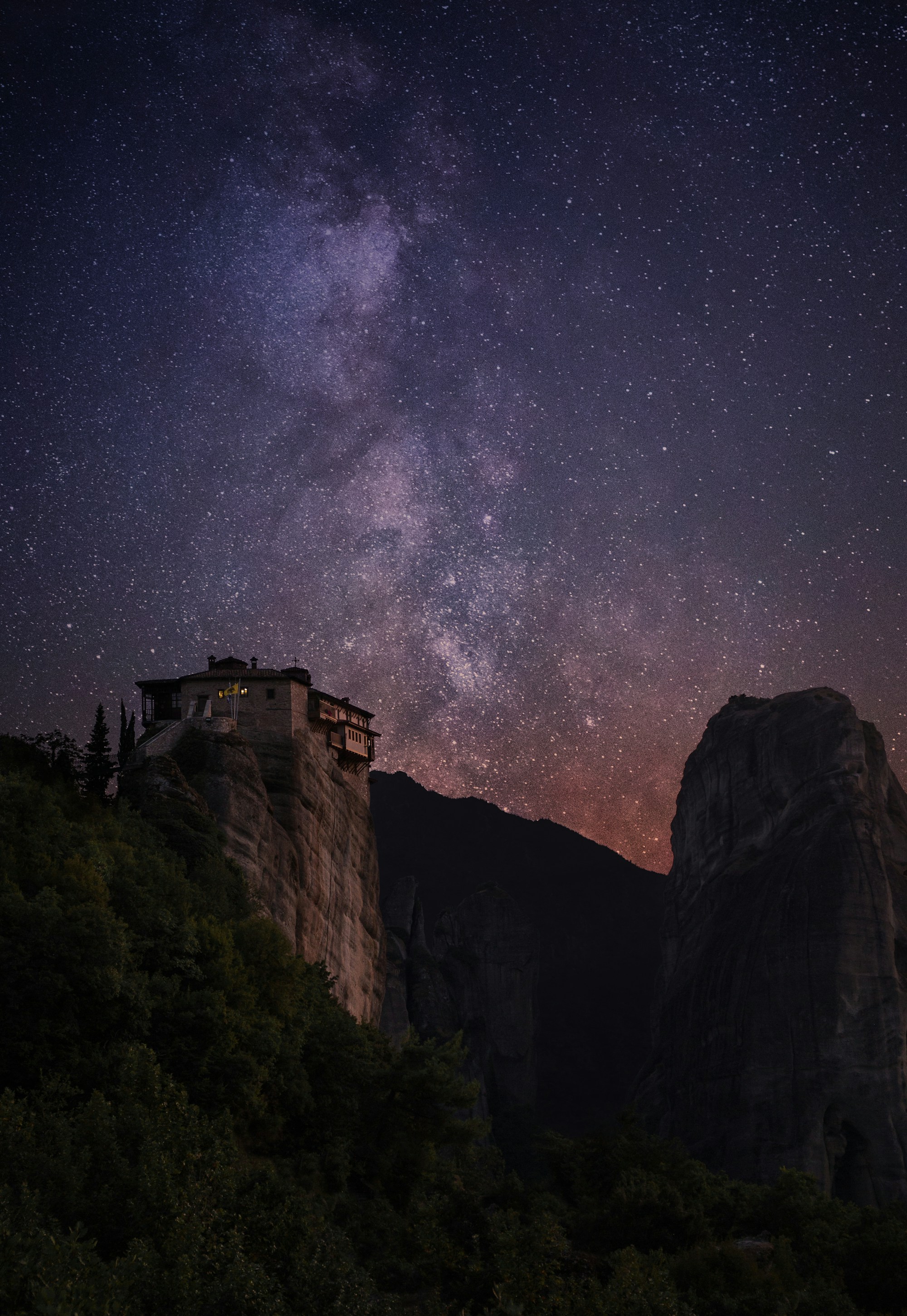What to See in Meteora: A Comprehensive Weather and Geography Guide
Explore Meteora's unique geography and weather patterns with our detailed guide. Discover its breathtaking monasteries, rock formations, and climate!

Introduction to Meteora
Meteora, a magical geographical area in central Greece, houses a collection of monolithic pillars topped by historical monasteries and providing expansive views of the Thessaly plain. Before commencing your journey, it is crucial for you to understand the geography and weather conditions for a seamless travel experience.
Geography of Meteora
Nestled in the northwestern edge of the Plain of Thessaly, Meteora features an extraordinary geology of gigantic rock pillars, which have formed over millions of years due to weathering and earth movements. These natural sandstone rock towers, soaring up to 1800 feet (550 meters), are home to one of the world's most astonishing cliff-top monastic communities.
Monasteries of Meteora
Reachable only by steep stairs cut into the rocks, the cliff-top monasteries were initially built in the 14th century as places of refuge for the monks. Today, six of these monasteries remain to offer a glimpse into Greece's historic past.
- Great Meteoron: The largest and oldest monastery.
- Varlaam Monastery: Houses a unique collection of religious artifacts.
- Rousanou Monastery: Known for its beautiful frescoes.
- Agia Triada Monastery: A famous filming location.
- St. Nicholas Anapafsas Monastery: Notable for its frescoes by Theophanes the Cretan.
- St. Stephen’s Monastery: The most accessible monastery.
Weather in Meteora
Meteora enjoys a temperate, mediterranean climate with four distinct seasons. The summers can be hot with temperatures rising up to 30°C (86°F), and winters can be relatively cold with temperatures dropping down to -5°C (23°F). Rainfall is most common in the winter months, while the summer is usually dry.
Best Time to Visit
Each season presents a unique perspective of Meteora. However, the best time to visit is during Spring (April to June) and Autumn (September to November) when the weather is pleasant, and the crowd is less. You can enjoy hiking trails, participate in rock climbing or simply soak in the tranquility of the surroundings during these months.
Travel Tips
It's recommended to wear comfortable clothing and footwear, as Meteora involves a lot of walking and climbing. Also, remember to dress modestly while visiting the monasteries. Women need to wear long skirts (provided at the entrance if necessary), and men should wear long trousers.
